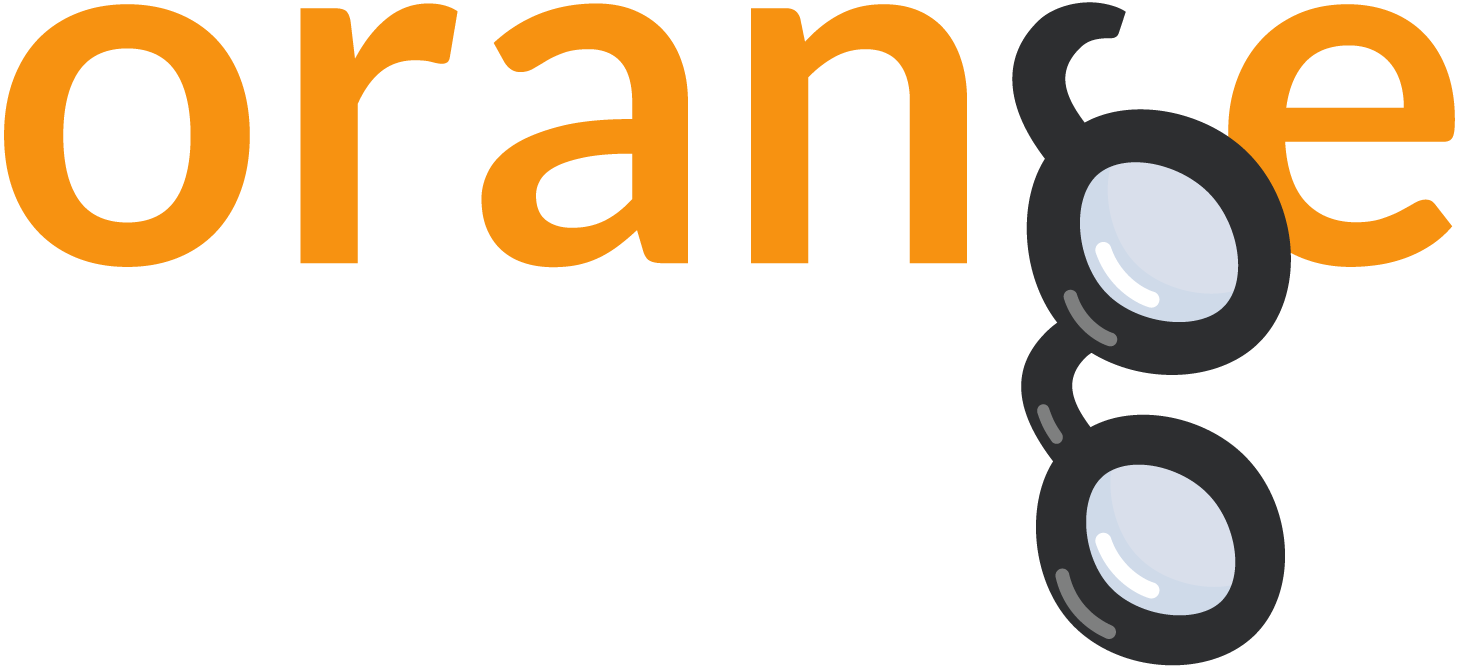Orange Blog
By: PRIMOZGODEC, Aug 25, 2016
Visualizing Gradient Descent
This is a guest blog from the Google Summer of Code project. Gradient Descent was implemented as a part of my Google Summer of Code project and it is available in the Orange3-Educational add-on. It simulates gradient descent for either Logistic or Linear regression, depending on the type of the input data. Gradient descent is iterative approach to optimize model parameters that minimize the cost function. In machine learning, the cost function corresponds to prediction error when the model is used on the training data set.
By: PRIMOZGODEC, Aug 12, 2016
Interactive k-Means
This is a guest blog from the Google Summer of Code project. As a part of my Google Summer of Code project I started developing educational widgets and assemble them in an Educational Add-On for Orange. Educational widgets can be used by students to understand how some key data mining algorithms work and by teachers to demonstrate the working of these algorithms. Here I describe an educational widget for interactive k-means clustering, an algorithm that splits the data into clusters by finding cluster centroids such that the distance between data points and their corresponding centroid is minimized.
By: BLAZ, Mar 12, 2016
Overfitting and Regularization
A week ago I used Orange to explain the effects of regularization. This was the second lecture in the Data Mining class, the first one was on linear regression. My introduction to the benefits of regularization used a simple data set with a single input attribute and a continuous class. I drew a data set in Orange, and then used Polynomial Regression widget (from Prototypes add-on) to plot the linear fit.
By: AJDA, Dec 2, 2015
Hierarchical Clustering: A Simple Explanation
One of the key techniques of exploratory data mining is clustering – separating instances into distinct groups based on some measure of similarity. We can estimate the similarity between two data instances through euclidean (pythagorean), manhattan (sum of absolute differences between coordinates) and mahalanobis distance (distance from the mean by standard deviation), or, say, through Pearson correlation or Spearman correlation. Our main goal when clustering data is to get groups of data instances where:
By: BLAZ, Oct 9, 2015
Data Mining Course in Houston
We have just completed an Introduction to Data Mining, a graduate course at Baylor College of Medicine in Texas, Houston. The course was given in September and consisted of seven two-hour lectures, each one followed with a homework assignment. The course was attended by about 40 students and some faculty and research staff. This was a challenging course. The audience was new to data mining, and we decided to teach them with the newest, third version of Orange.
By: AJDA, Oct 2, 2015
A visit from the Tilburg University
Biolab is currently hosting two amazing data scientists from the Tilburg University - dr. Marie Nilsen and dr. Eric Postma, who are preparing a 20-lecture MOOC on data science for non-technical audience. A part of the course will use Orange. The majority of their students is coming from humanities, law, economy and behavioral studies, thus we are discussing options and opportunities for adapting Orange for social scientists. Another great thing is that the course is designed for beginner level data miners, showcasing that anybody can mine the data and learn from it.
